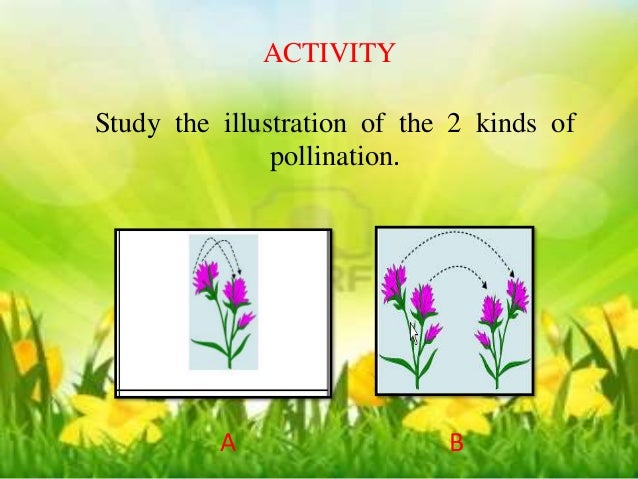Look at the diagram about plants. Think of the missing words. Then, in your notebook, write complete sentences using the information available.
1. Parts of a plant.
Most plants have three parts: the roots, the stem and the leaves.
2. Classification of plants.
3. Plant nutrition.
A. Photosynthesis:
Photosynthesis is the process by which green plants make their own food.
- Elaborated sap: savia elaborada.
- Xylem vessels: vasos leñosos o xilema.
- Phloem vessels: vasos liberianos o floema.
- Stomas: estomas.
B. Respiration
C. Nutrition and respiration in the day and at night.
Video2: https://youtu.be/yHVhM-pLRXk
Video 3: https://youtu.be/3pD68uxRLkM
4. Sexual reproduction in plants.
A. Reproduction in flowering plants.
It takes place inside the flower. Flowers are the reproductive organs in most plants and have male and female reproductive organs.
*Pistil: pistilo /stigma: estigma /style: estilo /ovary: ovario / ovule: óvulo
Videos:
- Sexual Reproduction in Flowering Plants: https://youtu.be/CkBNEM2mD30
- Plant reproduction: Pollination and fertilisation: https://youtu.be/YqM6rgB_l_o
- Parts of a flower and Pollination | The Dr. Binocs Show: https://youtu.be/djPVgip_bdU
Wind, insects and other agents can accidentally transport pollen from one flower to another.
There are two types of pollination:
- Self-pollination (auto-polinización).
- Cross-pollination (polinización cruzada).


B. Reproduction in non-flowering plants:
Non-flowering plants don´t have flowers or seeds. So, they use spores to reproduce. Ferns reproduce this way.
5. Asexual reproduction in plants.
Many plants that grow flowers and seeds can also reproduce through fragmentation. In fragmentation, a new plant grows from a fragment of the parent plant.
There are different types of fragments in asexual reproduction:
- Stolons (estolón).
- Tubers (tubérculos).
- Bulbs (bulbos).
- Rhizomes (rizomas).
- Cuttings.
Exam Questions
1.
Name the main characteristics
of plants.
2.
What is the function of the
stem/flower/seed/root/leaves?
3.
What are the two main groups of
plants?
4.
What two groups can flowering
plants be divided into?
5.
What two group can
non-flowering plants be divided into?
6.
What is photosynthesis?
7.
What three things does a plant
need to carry out photosynthesis?
8.
In the process of
photosynthesis which gas is released into the atmosphere?
9.
How do plants make nutrients?
10.
What is the difference between
raw sap and elaborated sap?
11.
What gases do plants absorb and
release during respiration?
12.
Can photosynthesis occur during
the day and at night? Why/why not?
13.
When does photosynthesis occur?
14.
Does respiration occur during
the day and at night? Why/why not?
15.
What part of a flowering plant
is the reproductive organ?
16.
What is the male reproductive
organ known as?
17.
What is the female reproductive
organ known as?
18.
What are the two types of
pollination?
19.
Name four types of asexual reproduction
by fragmentation?
1









No hay comentarios:
Publicar un comentario